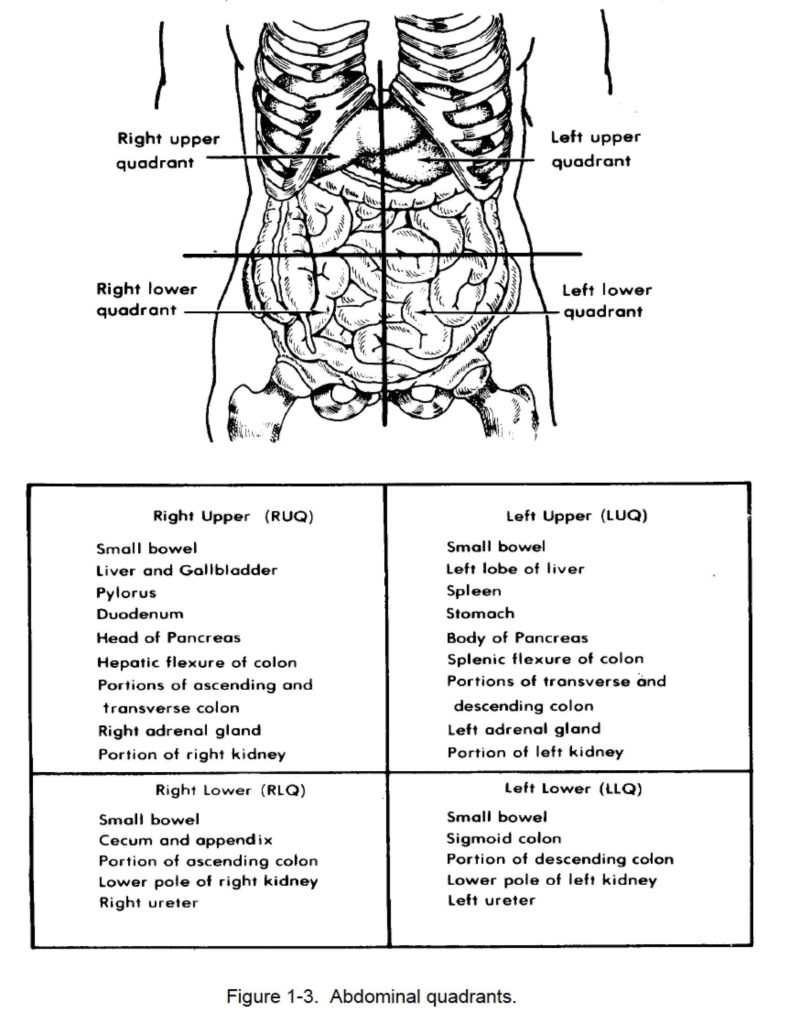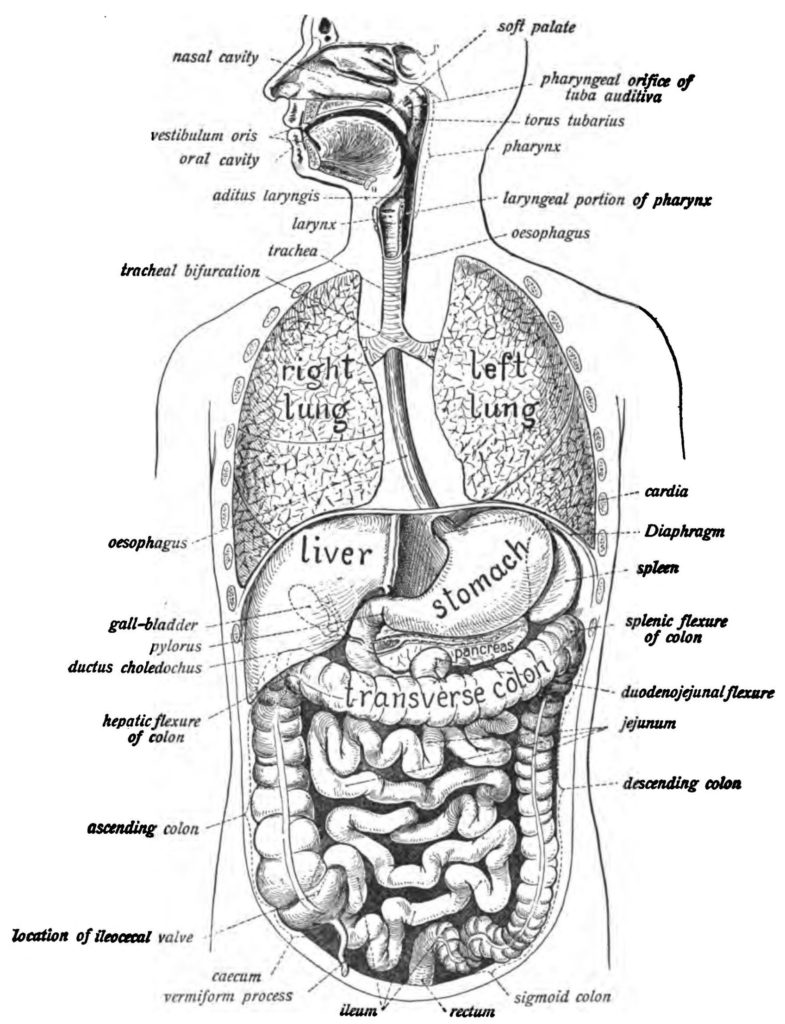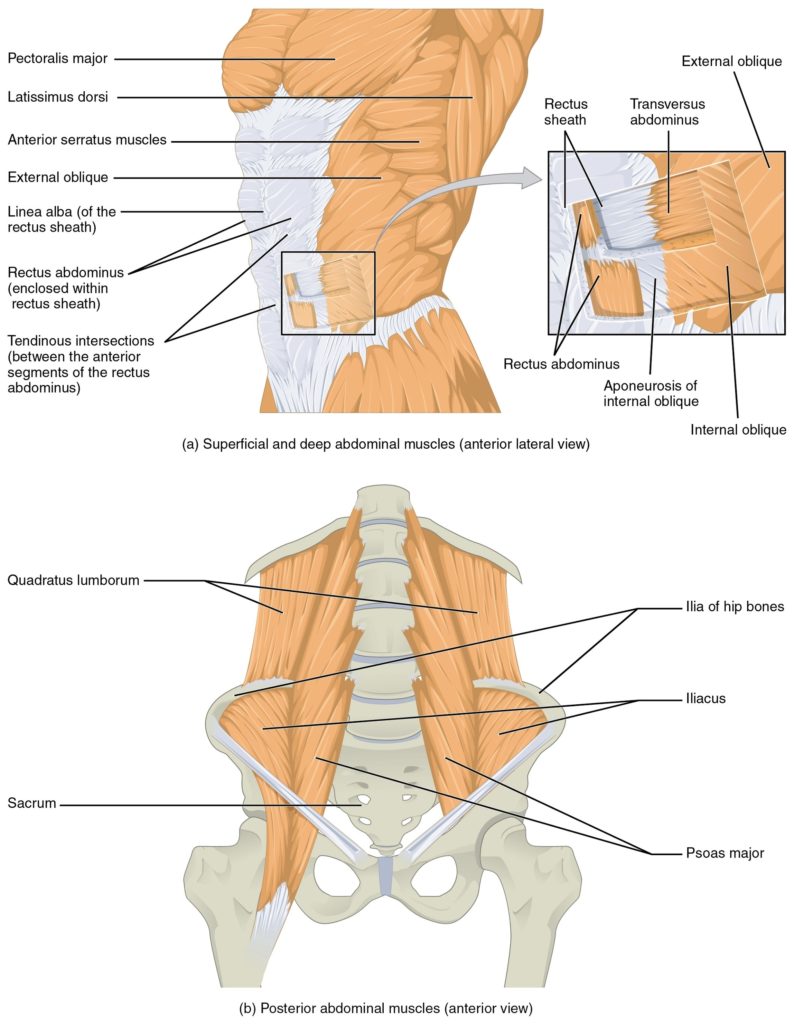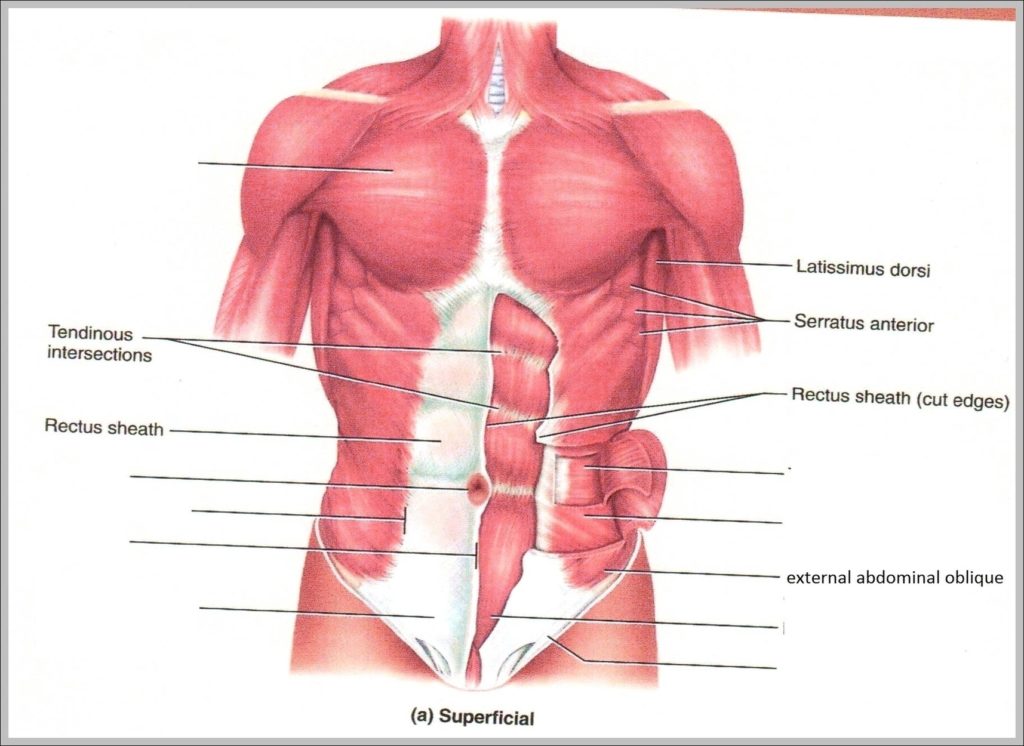Posted inDiagrams
Four Abdominal Quadrants And Organs
The human abdomen, a complex structure housing numerous vital organs, is often divided into four quadrants for easier clinical orientation and diagnosis. These quadrants are defined by the intersection of…













